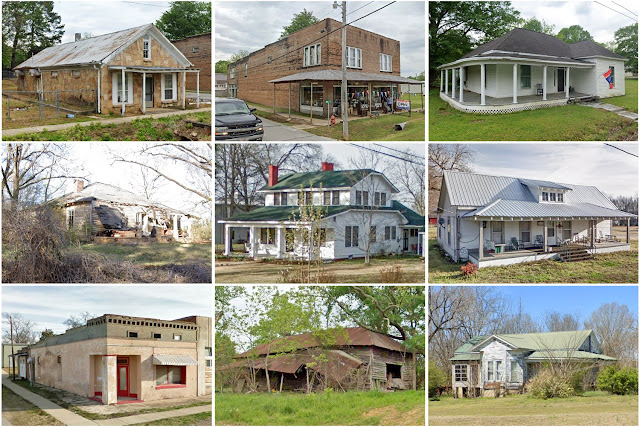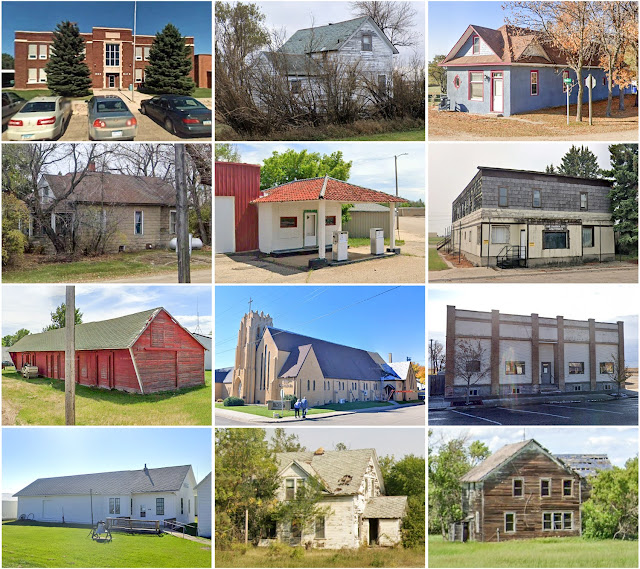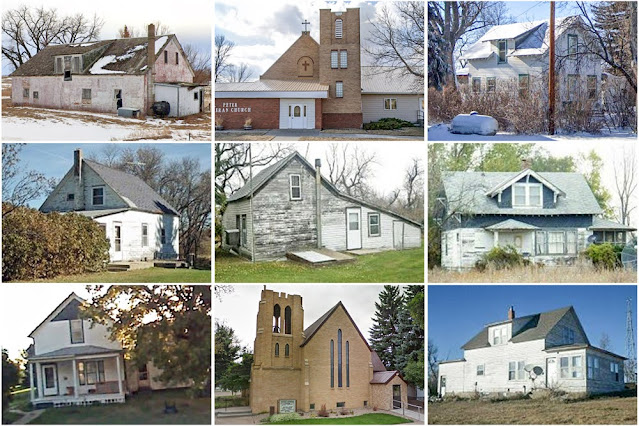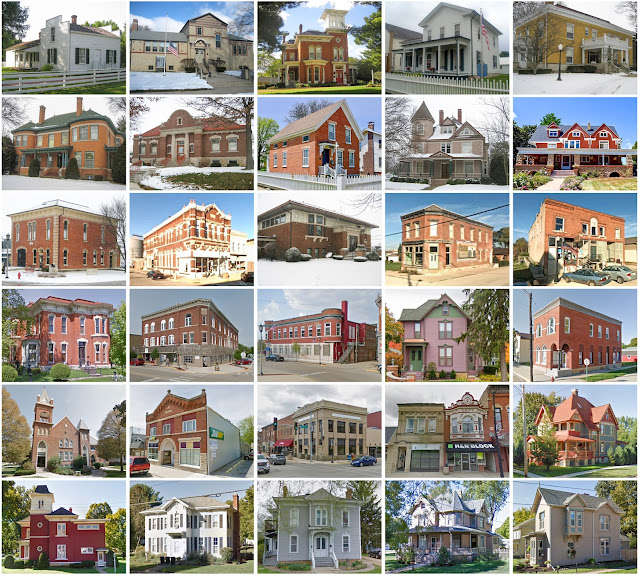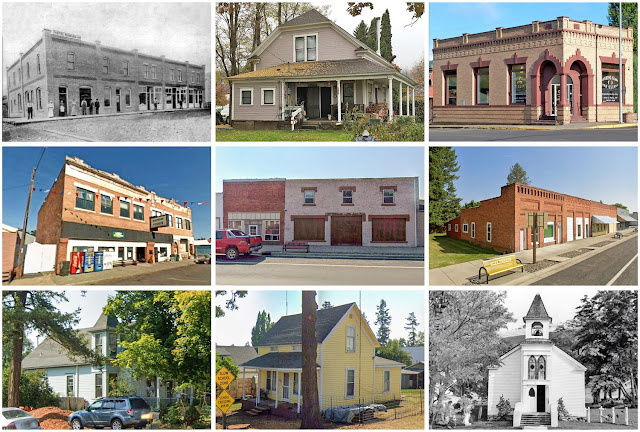Franklin County, Mississippi

Founding: 1809 Parent county: Adams Namesake: Benjamin Franklin, Founding Father Seat: Franklin (1809–1820); Meadville (1820–) Land area: 564 square miles Population (2020): 7,675 Population (historic): 2,016 (1810); 5,904 (1850); 7,498 (1870); 13,678 (1900); 12,268 (1930) Periods of population growth: pre-1810–1860; 1870–1910; 1930s; 1970–2000 Subdivisions: Three towns National Register listings: Five Pre-1940 residences (estimated): 155 (3.7%) Pre-1940 housing survival rate: 14.7% Pre-1860 housing survival rate (1940): 6.1% Farm housing in disrepair (1950): 21.2% Nonfarm housing in disrepair (1950): 24.6% Average farmhouse value (1930): $303 Average outbuilding value (1930): $102 Average farmhouse size (1940): 4.1 rooms Number of farms (1920): 2,210 Average farm size (1920): 38 acres _________________________________________________________________________________ Meadville Namesake: Cowles Mead, Mississippi politician Found

